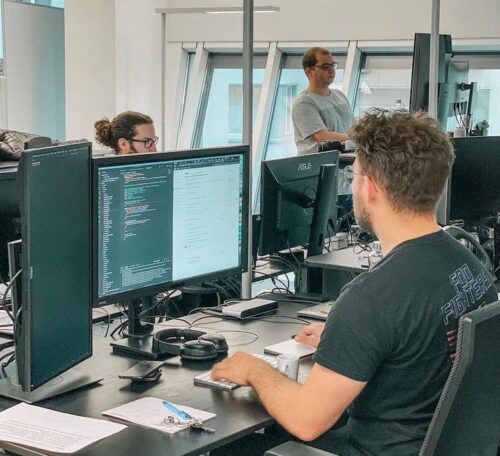Looking Back on Our TechTalkThursday #26
Our fourth and last TechTalkThursday in 2025 – it was number 26…
We'd like to provide you with regular information, news, background reports and recommendations about new technologies, market trends in cloud computing and IT infrastructures, product innovations and our company.
Our fourth and last TechTalkThursday in 2025 – it was number 26…
We're currently working on a proper strategy relating to the upcoming retirement…
In the digital world, server security is not a “nice-to-have” but one…
Our third TechTalkThursday in 2025 – it was number 25 of our…
«Digitalisation is the path to a sustainable future.» This statement applies in…
Our second TechTalkThursday this year was number 24 of the event series…
Data protection is no longer just a «nice to have» – for…
One common pattern we've observed at Nine is that many of our…
The first TechTalkThursday in 2025 – and number 23 of the event…
Our TechTalkThursday #22 took place on the 5th of Dezember 2024 at…
With the first snow, we were enticed by the mountains: Our coworking…
Web development has evolved significantly, with numerous tools and frameworks streamlining the…
Do you have any questions about our products? Either contact Sales or go directly to your cockpit to see all the possibilities at Nine.
